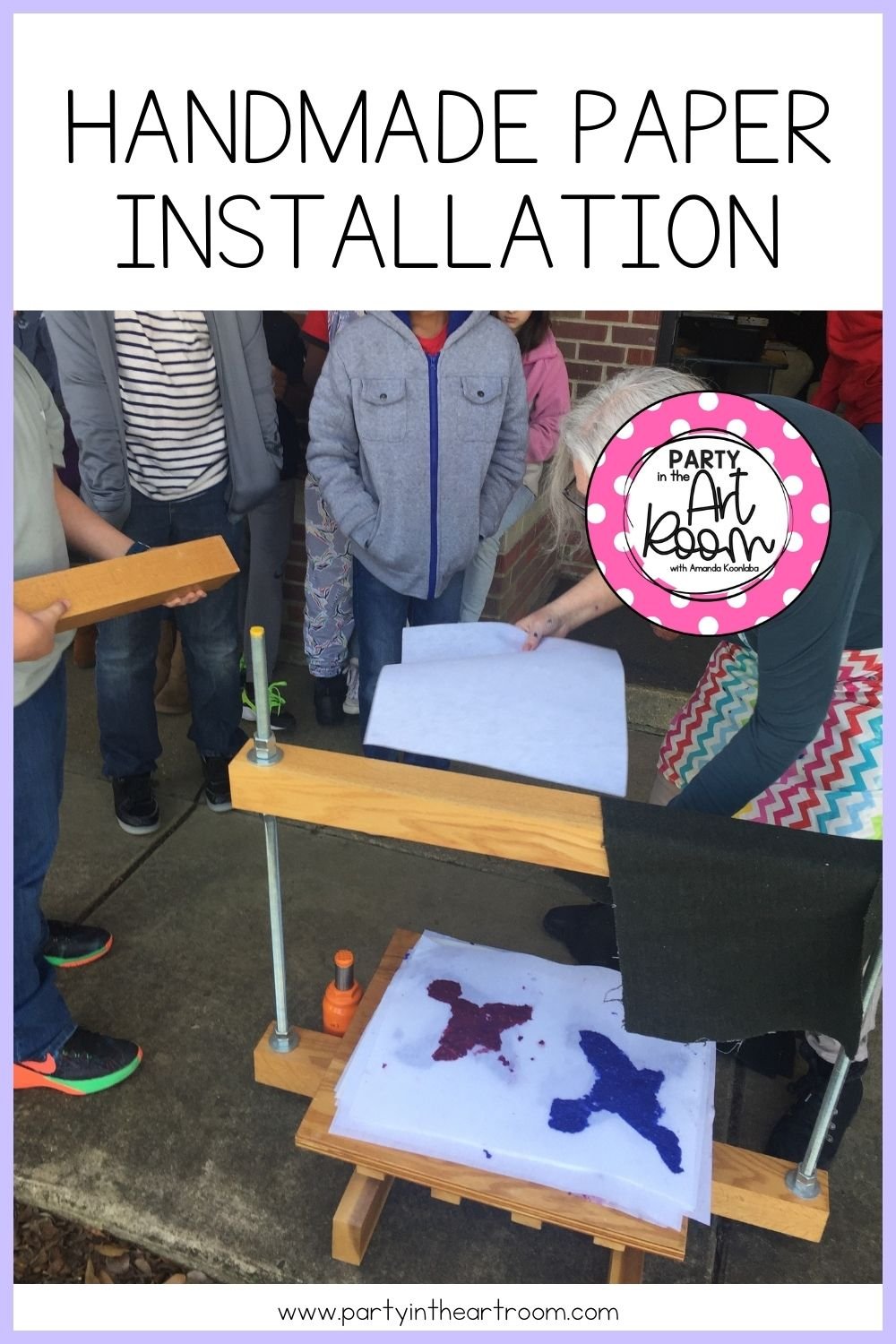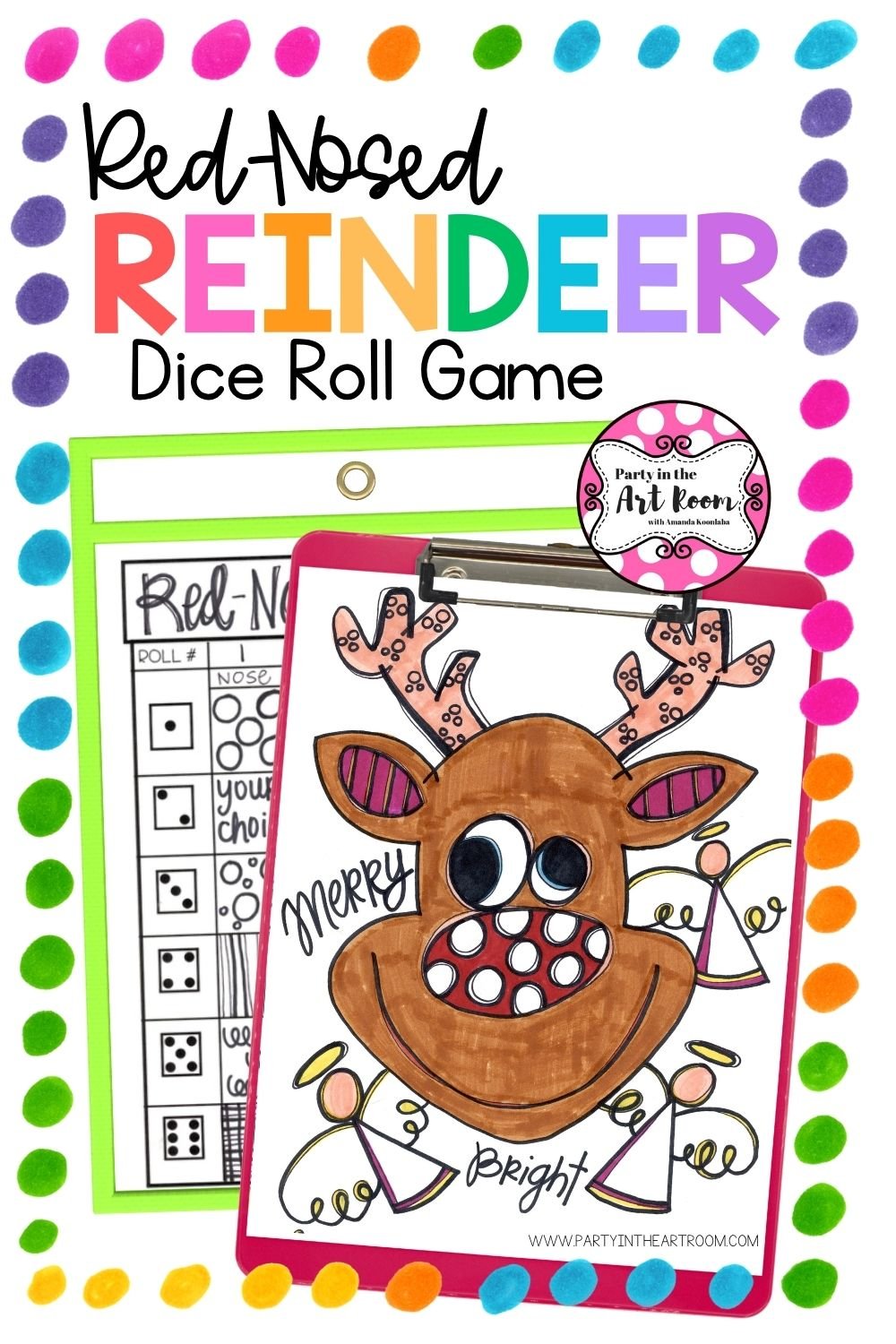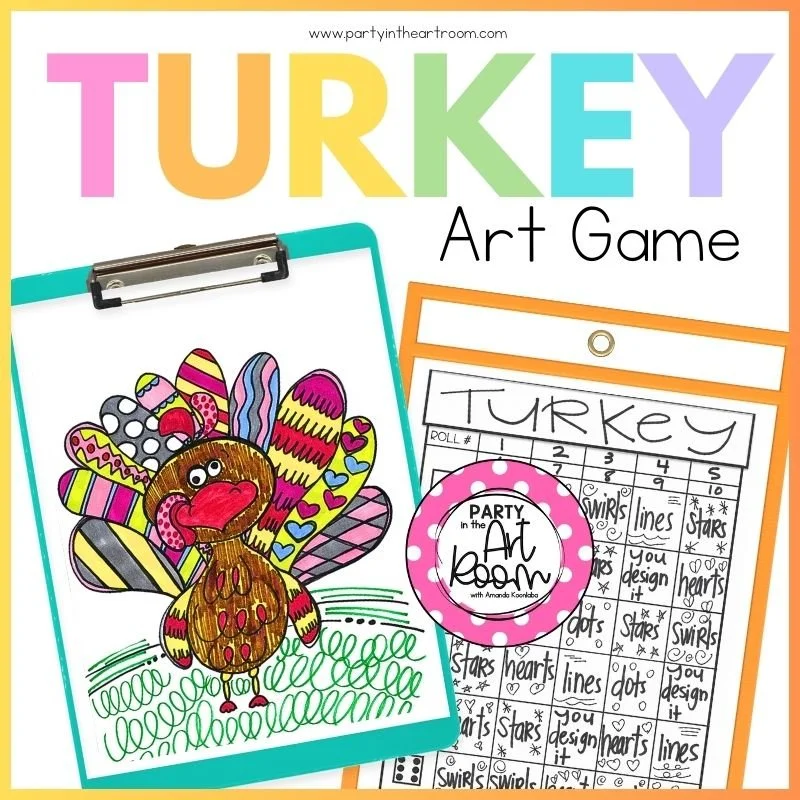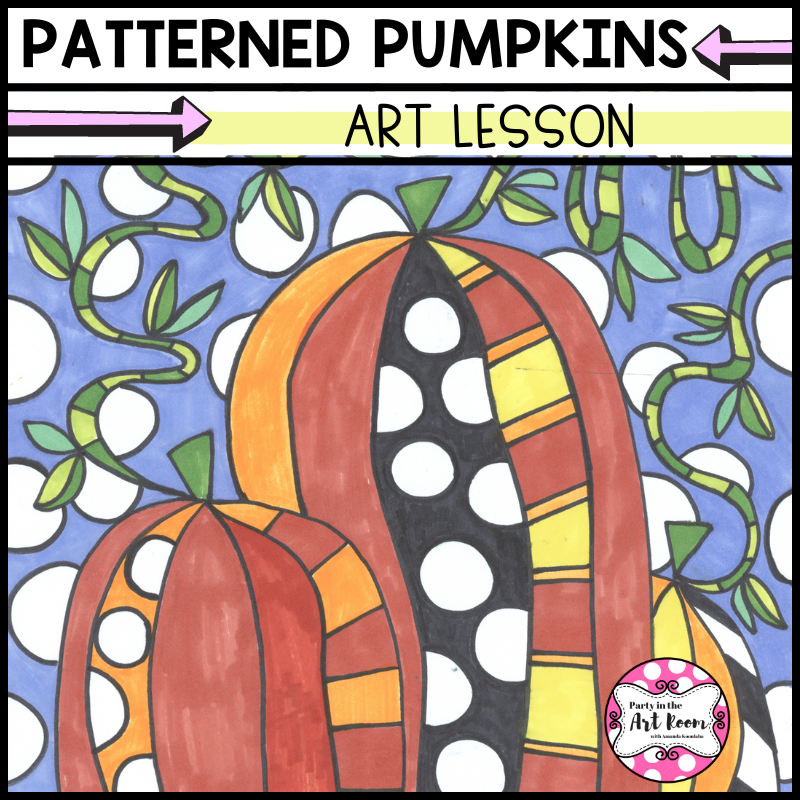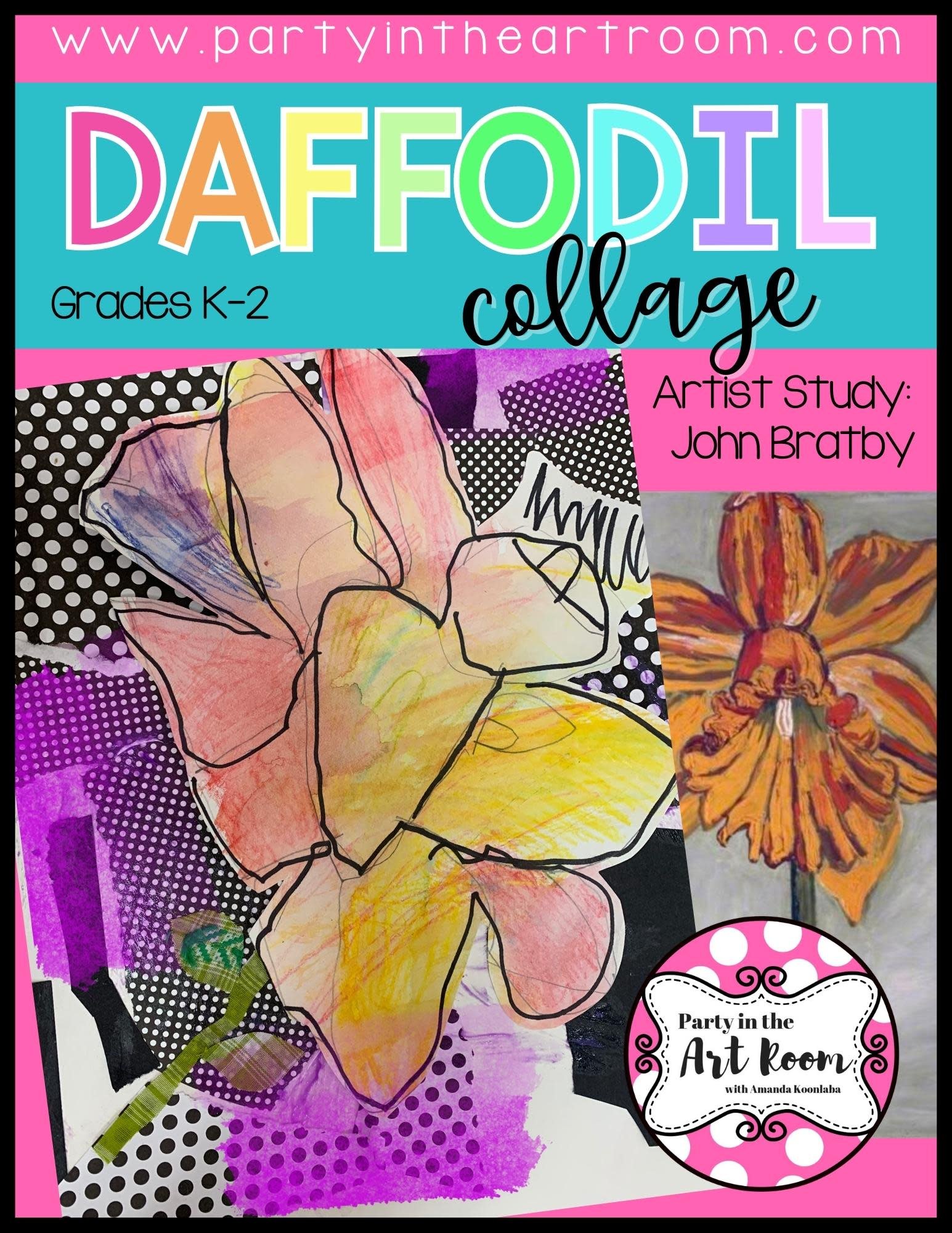Painting Dance Without Dancers: Abstract Mural Art Lesson for Kids
In the spring of 2025, I was commissioned to paint a series of murals at Laurel Magnet School of the Arts—one for each of the five major art forms (visual art, music, dance, theater, and media arts) plus a mural celebrating sports.
The concept? Represent each discipline without painting the literal tools or icons. No dancers. No paintbrushes. No instruments. Just pure expression through color, shape, and rhythm.
This post kicks off a blog series exploring each mural in the collection—starting with DANCE—and shares ideas you can take straight into your classroom or homeschool art space.
💃 The Dance Mural: Movement Without Figures
To capture the feeling of dance, I filled the wall with:
● Swirling teardrop shapes that echo one another like choreography
● Curved lines that flow and twist like limbs in motion
● A warm color palette (think pink, orange, yellow) that radiates energy
● Bold black outlines to keep it punchy and clear
There are no literal dancers on this wall. But every shape moves.
🎨 Elements of Art in the Dance Mural
All of the murals in this series were designed using the Elements and Principles of Art—intentionally and meaningfully. In the Dance mural, I used:
● Line – Curved, rhythmic lines suggest energy and flow
● Shape – Organic shapes overlap and repeat to mimic motion
● Color – Warm, expressive colors set a joyful tone
● Texture – Visual texture is created with layered brushstrokes and repeated marks
● Space – Open areas give the artwork room to breathe and move
● Value – Contrast helps some shapes pop, creating visual rhythm
● Form – Overlapping and shading hint at dimension, even on a flat wall
🧭 Principles of Design in Action
To pull it all together:
● Balance – Asymmetrical, but visually stable and intentional
● Contrast – Bright vs. dark, bold vs. soft to draw the eye
● Emphasis – Larger central shapes act as a visual anchor
● Movement – Your eye dances across the wall with each repeated curve
● Pattern & Rhythm – Teardrop and swirl shapes repeat like beats in music
● Unity – Shared colors and shapes link this mural to the others in the series
🧃 Classroom Art Lesson: Abstract Shape Dancers
You can bring the mural’s spirit into your own space with this student art project.
🖌️ Objective:
Students will use abstract shapes, repetition, and color to express movement through art.
✏️ Materials:
● White drawing paper
● Crayons or oil pastels
● Black crayon or Sharpie
● Optional: a music playlist to get bodies moving
🎶 Steps:
Play music and ask kids to move their arms. “What shape does that feel like?”
On paper, sketch one big expressive shape, then repeat it across the page.
Add curved lines and new shapes that echo the first.
Outline in black. Fill with bold, joyful color. No need to color neatly.
Reflect: “What kind of movement do you see in your artwork?”
🏡 Homeschool Adaptations
● Work together on one large “family mural” of abstract dance shapes
● Let kids title their art with verbs: “Spin,” “Leap,” “Jump”
● Discuss how shapes and colors can show emotion and movement—even without people
🔜 Coming Up Next in the Mural Series...
Each mural at Laurel has its own vibe—but they speak in harmony. Stay tuned for posts on:
● 🎭 Theater – Dramatic faces, symmetry, and visual storytelling
● 🎵 Music – Geometry, layering, and repeated patterns
● 🖌️ Visual Art – Flow, line variety, and layered color
● 🎥 Media Arts – Cool tones, texture, and quiet storytelling
● 🏃♂️ Sports – Explosive shapes and kinetic energy
✨ Final Thought
Dance doesn’t need a dancer.
Art doesn’t need a brush.
Expression can live in shape, color, and rhythm.
This mural isn’t about replicating reality. It’s about helping students feel what dance feels like—and giving them the tools to express that feeling through their own hands.
Let the lines dance. Let the shapes swirl.
And let the art room become a space where movement lives on the page.
🔗 Related Resources You Might Love:
👉 How to Make Really Easy Animal Masks with Plaster Wrap
👉 How to Draw Simple Cows with Oil Pastels
Art Lesson Plan: Dance-Inspired Murals
Title: Move Like the Art Does
Grade Level: 2nd–5th grade
Theme: Dance & Movement
Focus Elements: Shape, Repetition, Movement
🧡 1. Begin with Art (Creativity First Method)
Hook: Show the mural image as inspiration. Ask:
● “What are the people in this mural doing?”
● “What makes it look like they’re moving?”
● “Where do you see shapes repeating?”
● “How would you move your body to match one of these shapes?”
Art Vocabulary:
● Shape — a flat, enclosed area of space
● Repetition — using the same visual element more than once
● Movement — how the eye travels through an artwork
Have students act out some of the poses from the mural. Let them feel the energy of the shapes with their bodies.
📚 2. Connect to Content
Tie in a quick discussion on:
● Dance & Movement: how dancers use shape with their bodies
● Math Connection (optional): geometric vs. organic shapes
● ELA (optional): write verbs that describe the movement (twirl, leap, freeze, sway…)
🎨 3. Create
Objective: Students will create their own dancing figure using shape and repetition to show movement.
Steps:
Sketch simple dancing figure silhouettes (no details — just outlines!)
Cut out and trace the figure 3–4 times to show movement across the page.
Add lines (curved, wavy, zigzag) around or between the figures to enhance movement.
Use oil pastels, tempera cakes, or bold markers to color the shapes.
Emphasize repetition of color or pattern in the background to unify the piece.
Materials:
● Drawing paper (white or colored)
● Scissors
● Pencils
● Oil pastels or markers
● Optional: black paper for silhouettes, tempera paint for vibrant backgrounds
💭 4. Reflect & Revise
Wrap up with:
● “Which part of your artwork shows movement the most?”
● “What shapes did you use over and over again?”
● “How does your dancer feel — and how did you show that with art?”
Let students walk around and see each other’s artwork like it’s a gallery. Encourage quick artist talks using the vocabulary they learned.
🏡 Homeschool/Classroom Adaptations
● Homeschool: Use a mirror to explore dance shapes at home before drawing.
● Early Finishers: Add a background setting (stage, street, outdoor festival).
● Classroom Display: Combine individual figures into a giant group mural across a hallway wall!
You Might Also Be Interested In:
Expand Creativity with Symmetry Drawing Worksheets
Dive deeper into symmetry with our specially designed symmetry drawing worksheets. These engaging activities challenge students to complete intricate designs while honing their understanding of symmetrical balance. Perfect for classrooms or homeschool settings, these worksheets make learning symmetry both fun and artistic.
Affiliate Disclosure: Party in the Art Room is supported by its audience. When you purchase through links on this site, a commission may be earned.Hi! I’m Amanda. Teaching children to be creative thinkers is my greatest joy. I’m here to help you bring that same joy to your classroom.
This guide is packed with 25 ideas for using art to teach math and ELA. It’s arts integration for the win!
I want all students to feel successful in the art room, so I created a standards-based Daffodil Collage lesson to do just that! The lesson includes an artist study, student reflection, and more, so push your artists to their full potential.







